Did you know that the summer heat can elevate your chances of getting kidney stones? It’s a fact. Experts have concluded that with increased sweating and dehydration, minerals that are typically dissolved may accumulate and form kidney stones.
This is especially true if you’re prone to kidney stones.
If you’ve experienced kidney stones before, you’re likely familiar with them. They can cause immense pain and drain your energy. Having dealt with kidney stones personally, I can attest to how unpleasant they can be.
Kidney stones are definitely not something you’d want to deal with while on vacation, caring for family, or at any time, really! If you think you could be at a greater risk, keep reading. I’ll offer some strategies to help you prevent them.
What Are Kidney Stones?
Kidney stones are small, stone-like deposits that develop in the kidneys from minerals present in urine. They can vary in texture, being as fine as sand or as coarse as gravel, and range in size from a grain of sand to a green pea.
Tiny stones can pass through the urinary system without issues, exiting the body via the urethra. The real trouble occurs when larger stones become stuck and block the flow.
Whether or not kidney stones cause pain is influenced by the stone’s size and if there’s an infection present as well.
Though kidney stones are less prevalent in women compared to men, they impact about 10% of us, with this number increasing across the board. It’s possible that up to 14.8% of people could be affected by them.
Diet and exercise, as usual, are significant factors.
Types of Kidney Stones
The National Institute of Diabetes and Digestive and Kidney Diseases (NIDDK) identifies four categories of kidney stones, named by their composition: calcium oxalate, uric acid, struvite, or cystine.
-
Calcium Stones — Comprising 80% of kidney stones, these consist of calcium oxalate mixed with calcium phosphate. Consuming more calcium-rich foods does not necessarily increase your chances of developing these stones.
-
Uric Acid Stones — Making up 5% to 10% of kidney stones, uric acid stones form when there’s an excess acid presence in your urine. This situation can arise from excessive consumption of meats, especially organ meats.
-
Struvite Stones — These stones can form quickly during a Urinary Tract Infection (UTI) and can be quite painful due to their substantial size.
- Cystine Stones — Compared to the others, these stones are less common and relate to Cystinuria, a genetic condition. This disorder results in cystine entering the urine, causing cystine stones.
The location of your stone defines its specific name. If it’s situated in your urinary tract’s ureters, it is referred to as a “ureteral stone.” If it’s in the bladder, it’s known as a bladder stone.
When a stone becomes lodged in the ureter, it may obstruct urine flow, which leads to pain.
Regardless of the cause, there are steps you can take to enhance kidney health and reduce the likelihood of stone formation.
What Are Common Signs of Kidney Stones?
How can you tell if you have kidney stones? Here are several usual symptoms:
- An ongoing urge to urinate
- Discomfort during urination
- Challenges with urination — ranging from not being able to urinate to passing only a small amount at a time
- Cloudy appearance of urine
- Foul-smelling urine
- Intense pain — localized from the mid to lower back, side, lower abdomen, or groin area.
- Blood in the urine — which may appear pink, red, or brown
- Nausea
- Vomiting
- Fever and/or chills
These symptoms may appear sporadically, and the pain can range from brief discomfort to intense pain from a kidney stone that persists.
Testing for Kidney Stones
If you suspect you may have kidney stones, it’s advisable to confirm through testing. To determine whether you indeed have kidney stones, you can consult your doctor about these lab tests:
-
Imaging Tests — such as ultrasounds, X-rays, and CT scans. These enable your doctor to detect any anomalies in the kidneys, including stones.
-
Blood Test — This test can identify heightened mineral levels in the blood linked to the formation of kidney stones.
-
Urine Test — Comparable to a blood test, this screening checks for minerals in the urine that could result in kidney stones. It can also diagnose whether there’s a Urinary Tract Infection.
- Stone Analysis — Occasionally, stones can be visible. In such cases, you may want to filter out the stones and bring them to your doctor for evaluation.
Knowing that kidney stones are present, you might wonder how they developed — especially since men generally face a higher risk than women. Let’s explore some potential causes.
What Causes Kidney Stones?
If any of the following habits or factors are familiar, you could be dealing with kidney stones:
Not Drinking Enough Fluids
Inadequate water intake is a primary cause of kidney stones. It’s a leading reason highlighted by the NIDDK that could increase the risk of developing them. So, make sure to stay hydrated!
Eating (or Drinking) Too Much Sugar
An excessive sugar intake is linked to a higher risk of kidney stones, particularly because of fructose.
High fructose corn syrup (HFCS) is an ingrained component in today’s soft drinks. Studies show that consuming such drinks, particularly "cola beverages," increases one’s chances of developing kidney stones.
Remember that fructose constitutes half of the molecules in white sugar (with the other half being glucose). Therefore, selecting sugar-sweetened soft drinks instead of those sweetened with HFCS still involves fructose consumption.
Eating Too Much in General
Without vigilance, it can be easy to overeat. Here’s another reason to monitor eating habits: a study involving women in the Women’s Health Initiative revealed that consuming over 2200 calories daily raised their odds of developing kidney stones by as much as 42%.
However, the type and source of calories are important.
Not Getting Enough Exercise
Insufficient exercise may impact your body’s ability to effectively circulate fluids, such as urine and its minerals. Additionally, if you’re overweight from excessive eating without adequate physical activity, your kidney stone risk can increase.
Obesity is correlated with kidney stones.
Oxalate Overload
Oxalates are anti-nutrients in certain foods that might produce oxalate stones when combined with body minerals. For more information about dietary oxalates, see the appropriate resources. A Carnivore Diet may help reduce oxalate intake.
Soy is a notable high oxalate food associated with kidney stones. In fact, research verifies a high soy diet heightens the likelihood of developing kidney stones.
Phthalates
Diethylhexyl Phthalate (DEHP/DOP), a type of phthalate, can accumulate in the kidneys and elevate the risk of kidney stones. It’s prevalent in an array of building materials and household items like roofing materials, flooring, and PVC pipes. This phthalate is also found in shower curtains, car interior plastics, and plastic toys.
Explore more about DEHP/DOP to gain additional insights.
Fluoride
Consuming excessive fluoride might heighten the risk of kidney stones. A study featured in the journal Urology Research indicates that people living in highly fluoridated water areas have an increased incidence of kidney stones.
Kidney stones appeared nearly 5 times more frequently in high fluoride areas compared to regions with reduced fluoride levels.
Fluoride intake can also come from toothpaste, dental treatments, certain antidepressants, and other medications. Therefore, it’s advisable to seek a natural, fluoride-free toothpaste, or consider creating your own!
Natural Remedies for Healthy Kidneys
1. Drink More Water
An imperative action for kidney stones prevention is increasing water consumption. Research indicates that generating 2 to 2 ½ liters of urine by drinking enough water can aid in preventing stones. (A tip from medical reviewer Dr. Tim Jackson: Include electrolytes, especially potassium, in your water! Overconsumption of water without potassium could lead to the loss of essential minerals for individuals inclined toward kidney stones.)
2. “Just say NO” to sugar
Diabetics are more susceptible to kidney stones compared to non-diabetics. Furthermore, a study found that diets high in refined carbohydrates (like sugars and sugary products) were apt to cause calcium oxalate stones.
3. Avoid high oxalate foods
Oxalates exist in foods like soy, almonds, rhubarb, and spinach and can form crystals with minerals within the body, leading to oxalate kidney stones. The Cleveland Clinic suggests an “oxalate-controlled” diet for managing kidney stones.
4. Add lemon & lime juice
Citrus juices such as lemon juice can assist in breaking down the crystal formations leading to stones. However, watch out with orange juice, as its elevated fructose and sugar levels might be problematic.
5. Drink apple cider vinegar water
Apple Cider Vinegar (ACV) is seemingly a universal remedy, also proving beneficial for kidney stones. It likely functions as an "alkalizing agent," assisting with kidney stone management.
6. Try magnesium citrate
Magnesium is renowned for its role in preventing stone formation, especially calcium oxalate stones. The citrate version might be even more effective, as citrates promote stone dissolution. Discover more about magnesium’s health benefits for additional guidance.
7. Get enough (but not too much) calcium
While it might seem counterintuitive concerning calcium oxalate stones, obtaining sufficient calcium is crucial. Research indicates that adequate dietary calcium reduces the risk of kidney stones.
Still, caution is advised with calcium supplements. Findings from the Nurses’ Health Study demonstrated that while dietary calcium lowered the risk, supplements increased it.
Opt for calcium-rich foods, possibly eliminating the need for supplements. Couple it with vitamin K for proper calcium distribution in body tissues.
8. Incorporate some aloe vera gel
The citrate and tartrate in 100 grams of fresh aloe vera gel (consumed twice daily) demonstrate potential in disintegrating kidney stones.
9. Try Chanca piedra (Phyllanthus niruri)
This Brazilian herb, historically used for kidney stones, may help prevent calcium crystallization, averting calcium oxalate stones. Available online as a supplement, it’s worth consideration.
In a Brazilian study, patients were provided 4.5 grams of chanca piedra daily for three months. It was discovered that this herb reduced both the size and number of kidney stones in approximately two-thirds of participants. Worth a try!
10. Increase your physical activity
Exercise is vital in kidney stone prevention. Research published in the Journal of the American Society of Nephrology, a dedicated kidney health resource, indicates that even light physical activity can help. What counts as “light exercise?”
The study determined that women reduced their kidney stone risk by 31% through low-intensity activities like walking (2-3 mph) for 3 hours weekly, gardening for 4 hours, or moderately jogging (6 mph) for just one hour weekly.
This article was medically reviewed by Dr. Tim Jackson, a Doctor of Physical Therapy and Orthopedic Rehabilitation, and a Functional Medicine provider. He holds a B.S. in Health Science and Chemistry from Wake Forest University. As always, it’s vital to consult with your doctor for personalized medical advice.
Do you know of a natural remedy for kidney stones? If so, please share it with us below!


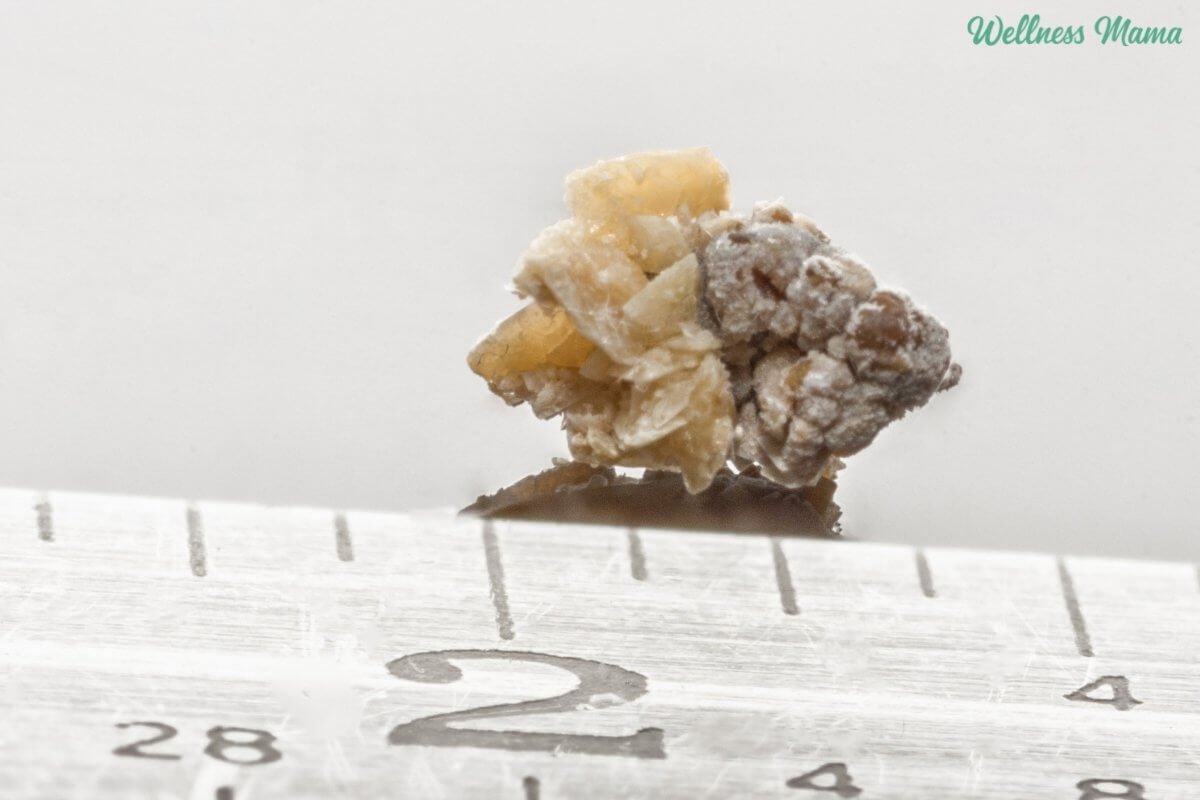
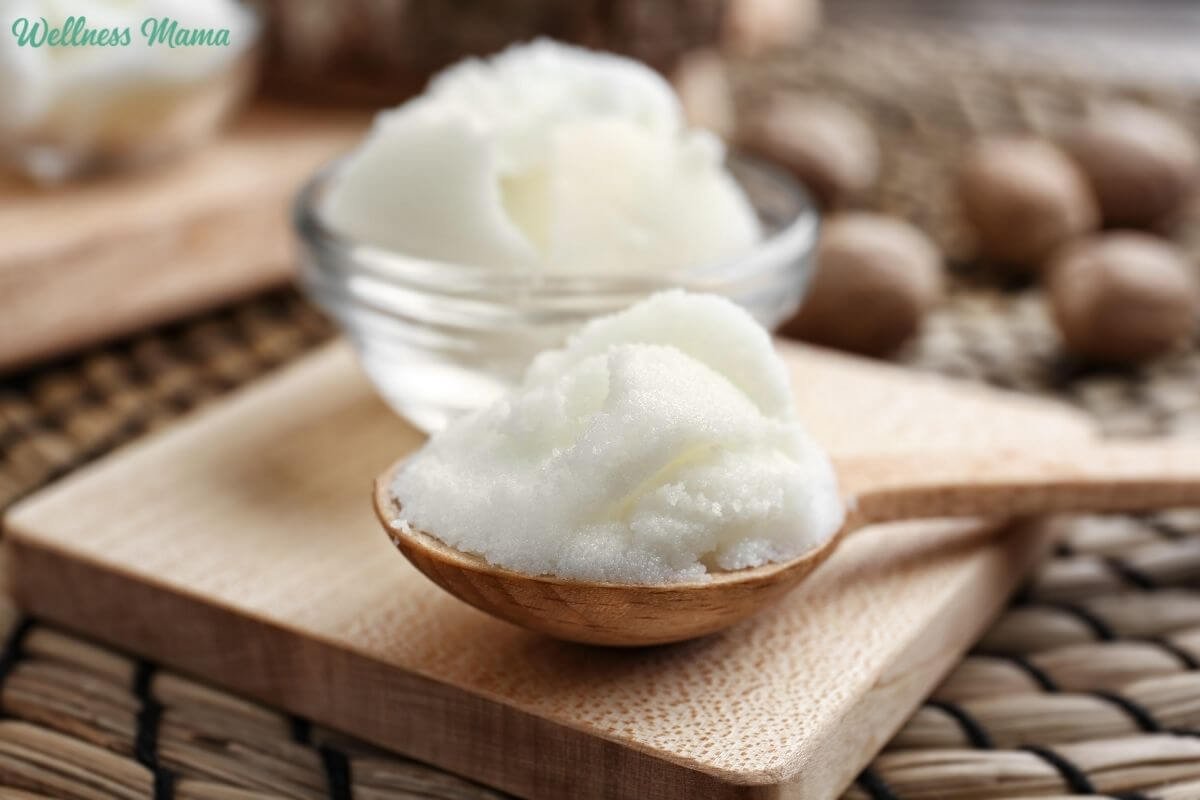
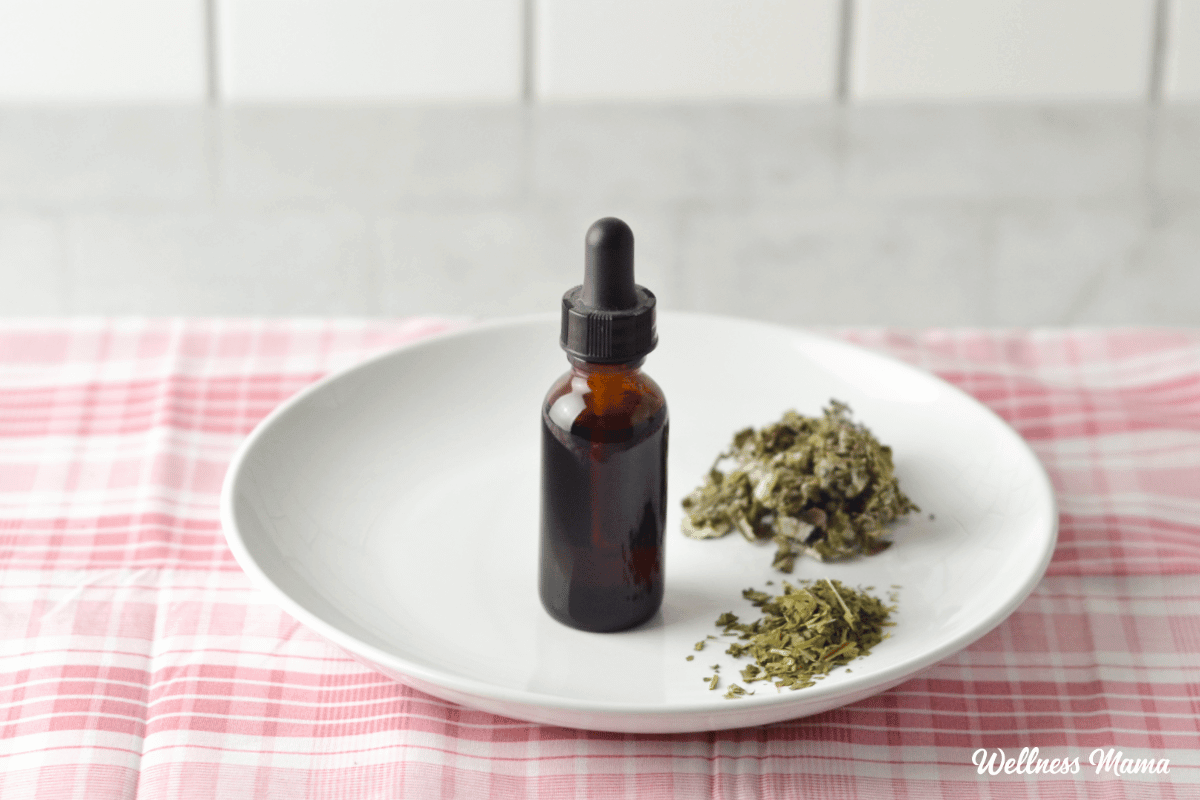

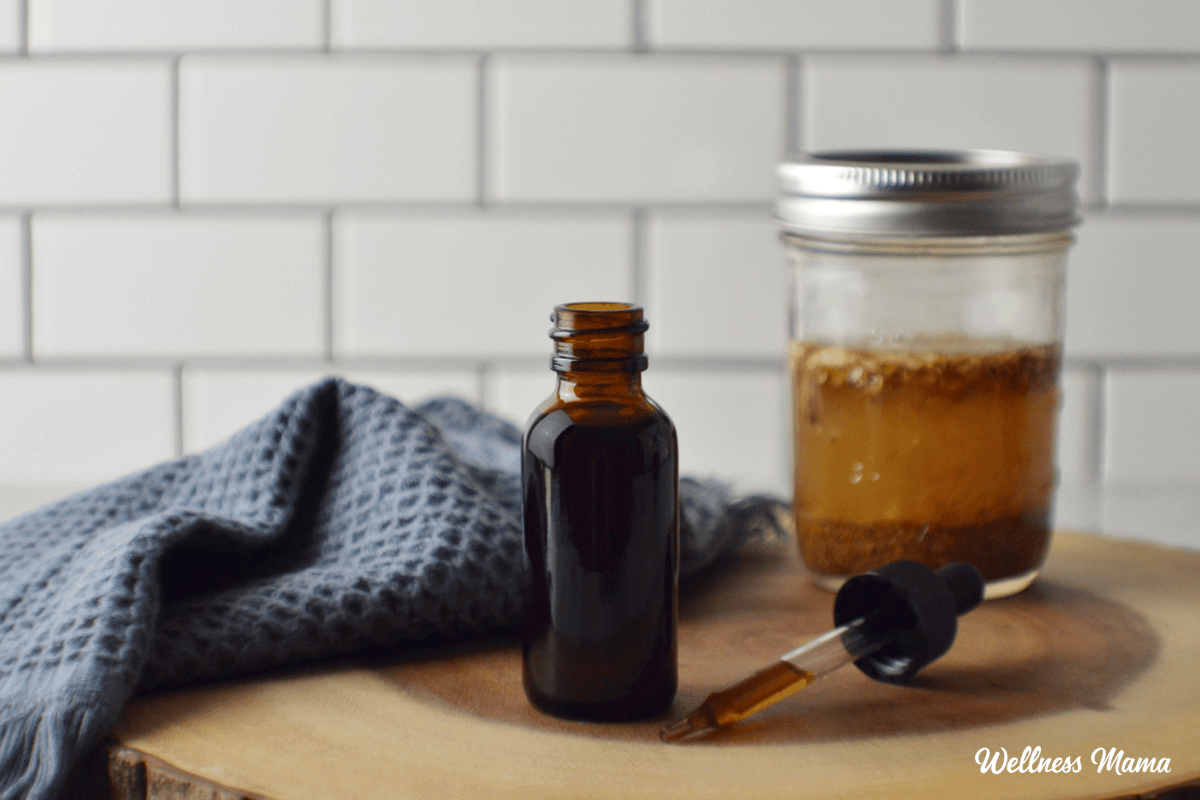



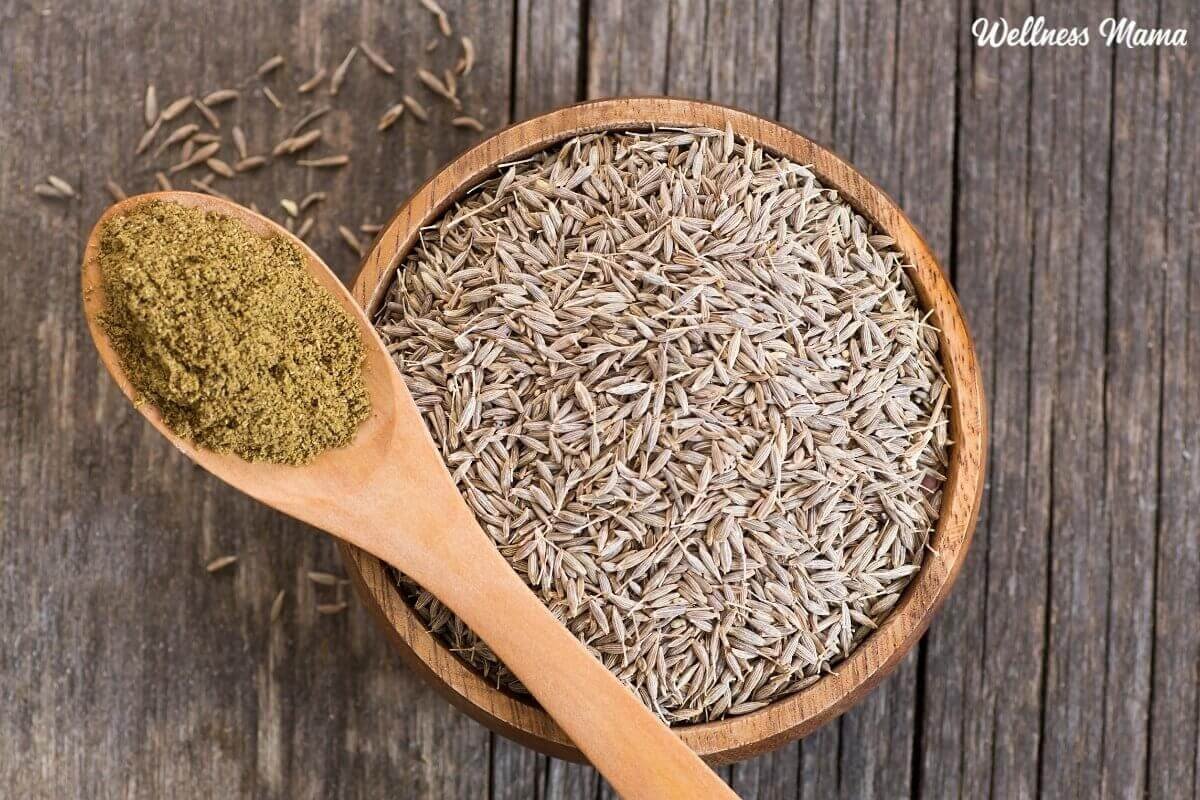



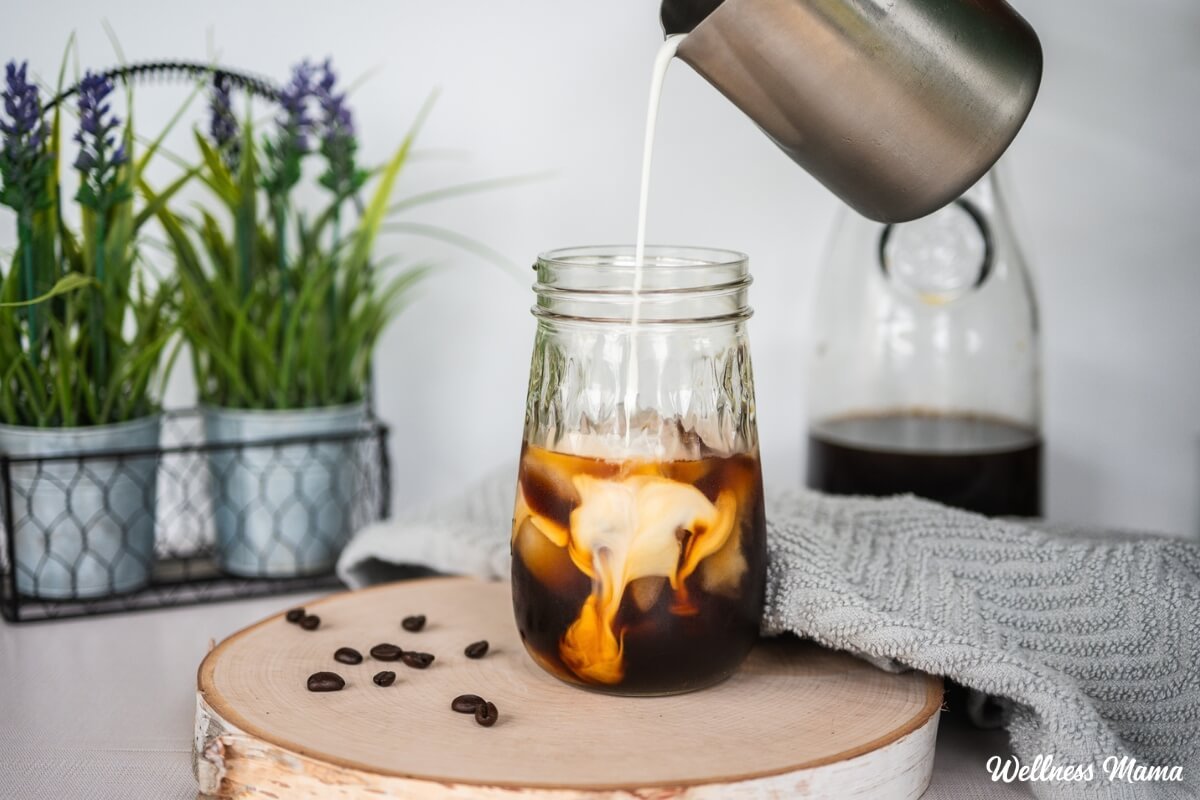
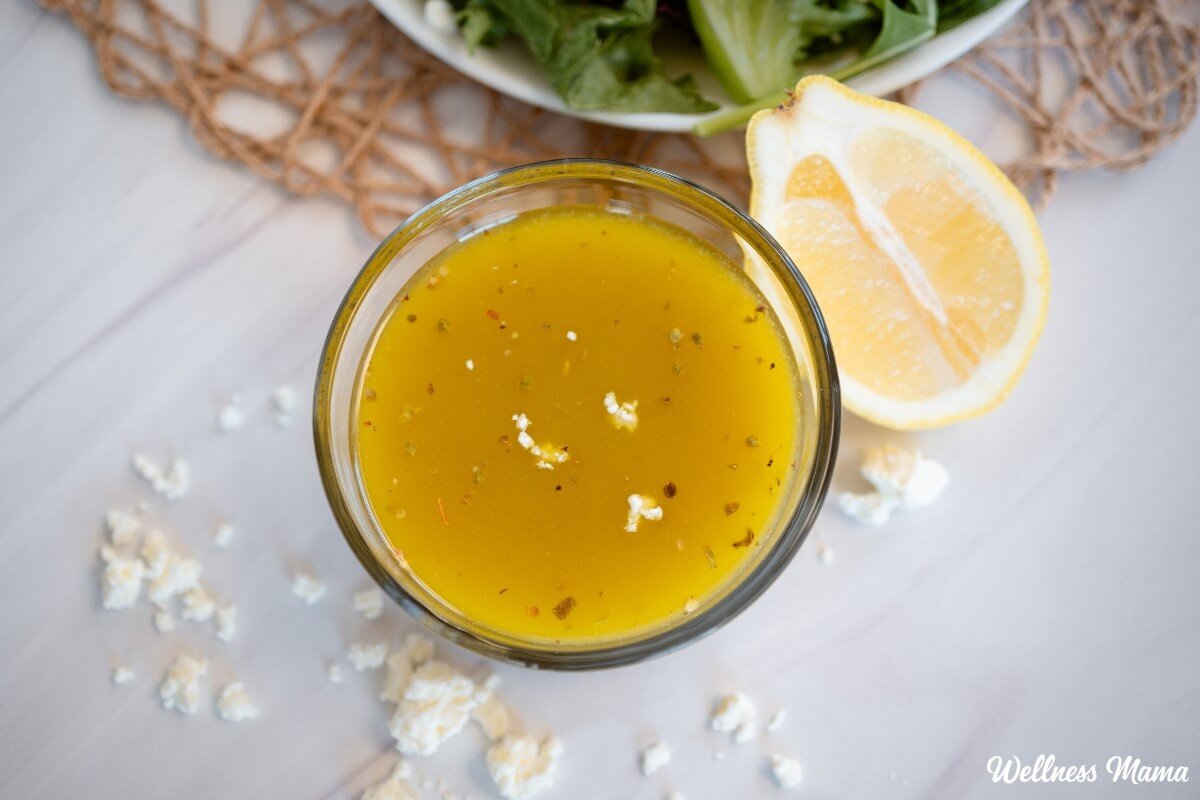
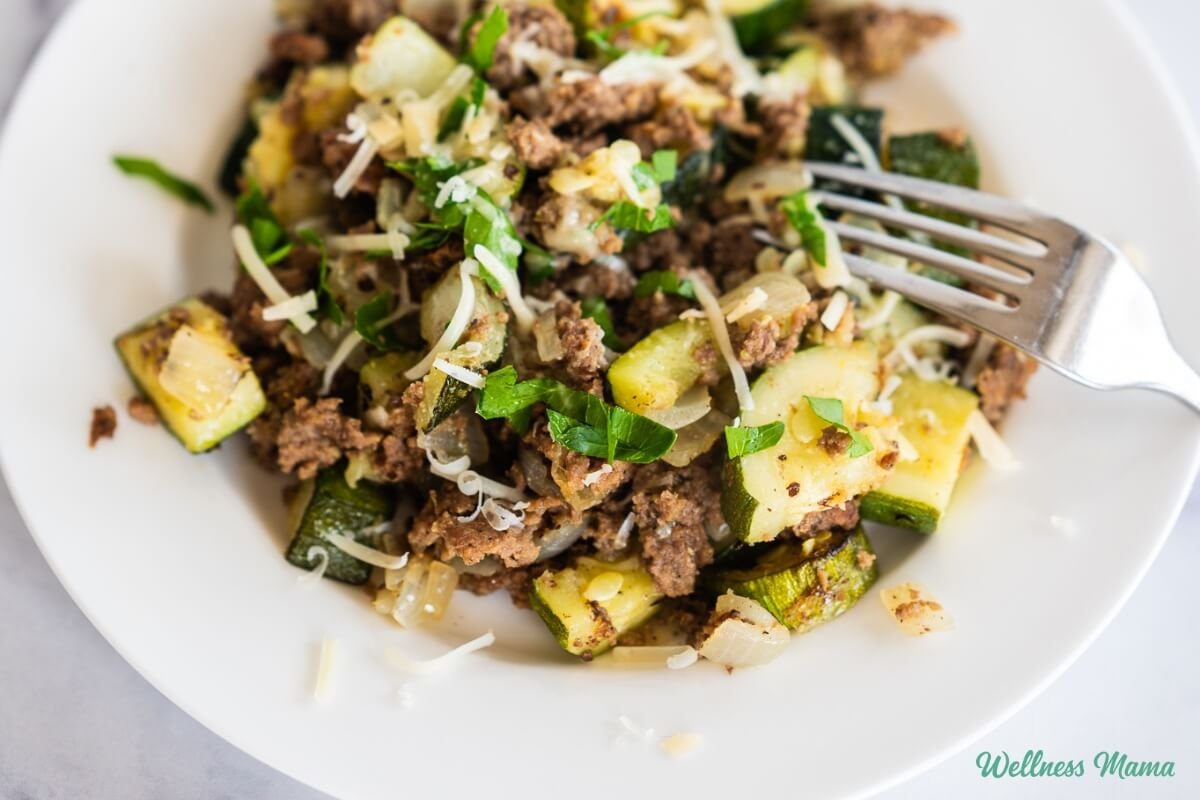
Leave a Reply